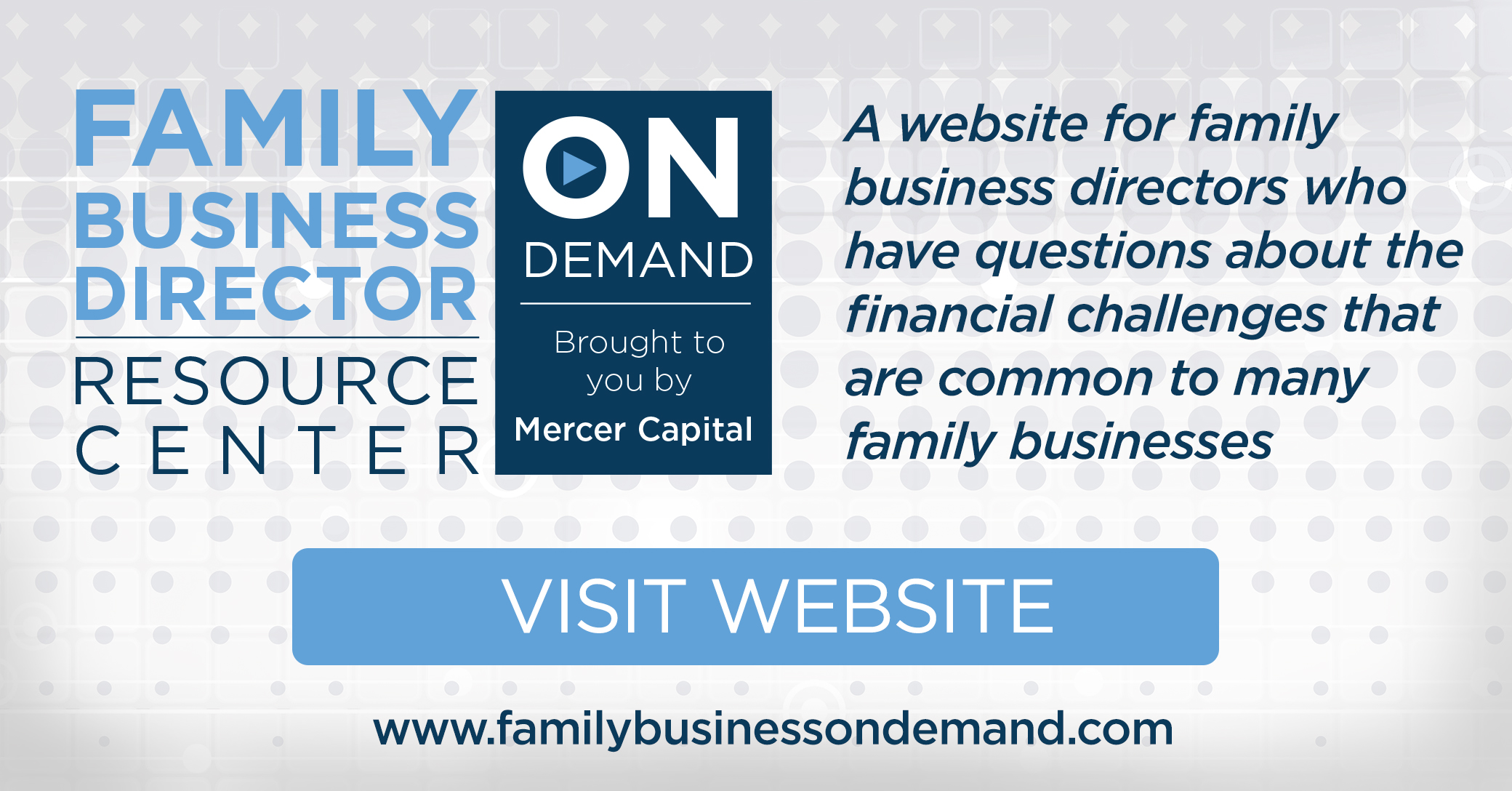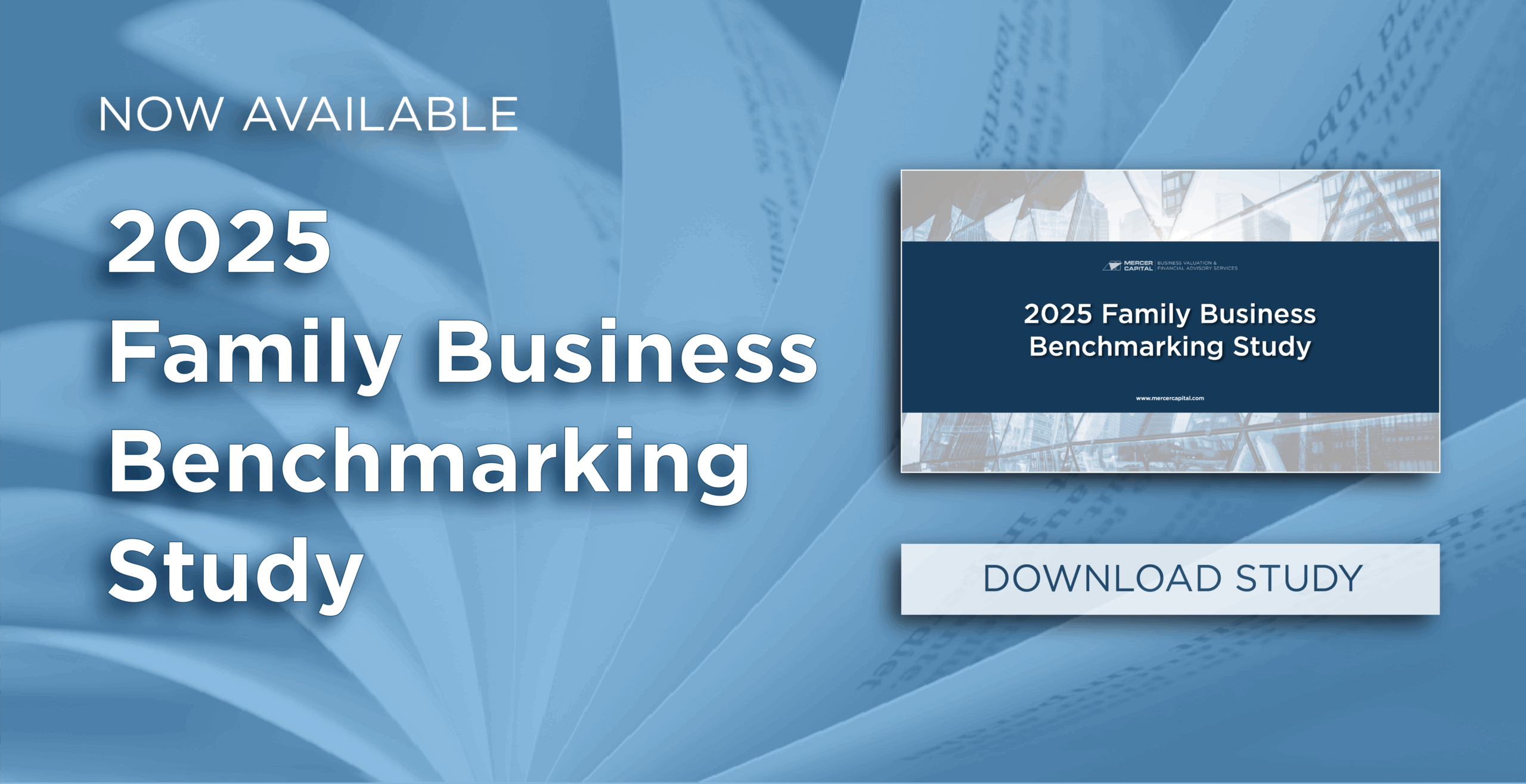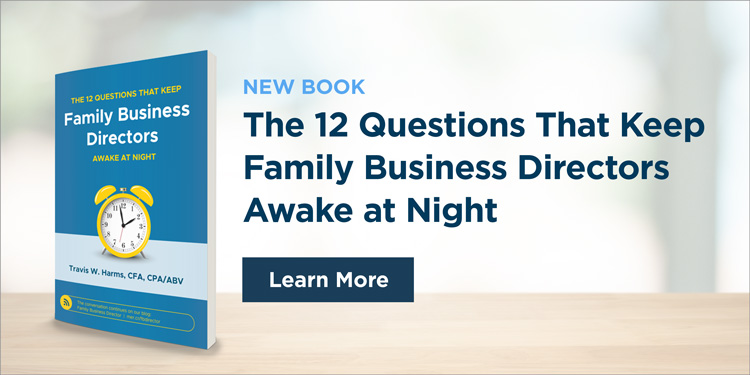Current economic uncertainties may have family businesses feeling more like they’re playing in an Open Championship than a routine PGA/LIV tour event. While there are many ways to steer your family business through uneven times, these lessons are a good starting point.
Blog
Family Business Director
Corporate Finance & Planning Insights for Multi-Generational Family Businesses
Mild, Medium, or Hot
Will the Fed Cut Interest Rates This Year?
Last week, the consumer-price index decreased slightly from May, resulting in a year-over-year inflation measure of 3%. And as earnings season approaches, the broader stock market is eyeing new records. Last year, we discussed how family business leaders could use earnings season as an opportunity to discuss strategy and goals with their family board. Today, we focus on earnings season as a broader indication of inflation and investor sentiment in the months to come.
Private Equity Investors Learn What Family Shareholders Have Always Known
Since the turn of the century, pension funds have increasingly turned to private equity investments in a bid to earn higher returns. As detailed in a recent Wall Street Journal article, pension funds have boosted private equity allocations from just 3% of their portfolios in 2001 to 14% in 2023.
The strategy was generally effective as average private equity returns over the past 20 years (as calculated per the MSCI index) outpaced the S&P 500 by over 4.0% per year (14% for private equity, compared to 9.7% for the S&P 500). For those inclined to do the math, the difference between earning 14% per year and 9.7% per year over 20 years is fairly dramatic: at 9.7% per year, $100,000 grows to approximately $637,000, but at 14% per year, that same $100,000 mushrooms to $1.37 million.
So while the private equity bet has paid off in terms of return, pension funds and other private equity investors are beginning to feel the risk that helped generate that extra return. Over the long run, returns follow risk, and private equity funds have provided outsized returns by taking outsized risks, the most significant of which are higher levels of financial leverage and accepting illiquidity.
What most family shareholders already knew – and pension fund managers are learning – is that illiquidity is a real risk. If you want the incremental return associated with that risk, you have to bear that risk.
Family shareholders bear the risk of illiquidity. On the one hand, that can be an attractive feature so long as the incremental risk is rewarded with incremental return. On the other hand, as we can see in the secondary market for private equity interests, shareholder liquidity needs don’t always align with corporate liquidity opportunities. Investors accessing liquidity “ahead” of schedule pay the price in the form of selling at a discount.
So what can family businesses and family shareholders do to manage the burden of illiquidity? Five things come to mind.
The Supreme Court Weighs in on Shareholder Redemptions
Earlier this year, we wrote about the Connelly case heading to the Supreme Court for final adjudication. The Court handed down its ruling in June, siding with the IRS in a unanimous decision. While the Supreme Court’s economic reasoning in its Connelly decision is impeccable, the need to redeem shares to fund eventual estate tax obligations of significant shareholders can disrupt, or at least complicate, the best-laid plans of growing family businesses. The Supreme Court’s Connelly decision is a timely reminder that family businesses and their shareholders need to work together to prepare for possible redemptions.
How Does a Quality of Earnings Report Differ from an Audit?
A quality of earnings (“QoE”) report and an audit are both essential tools in the business world, but they serve distinct purposes and offer varying insights. Audits are broader and regulatory in nature, whereas QoE analyses are more focused and strategic, catering to the needs of investors and decision-makers who require a deeper understanding of a family business’s true financial health and future potential.
5 Reasons Your Financial Projections Are Wrong
The good news – or maybe it’s the bad news, depending on your perspective – is that overly optimistic projections are not necessarily the result of intentional errors on the part of your family business managers. Rather, behavioral economists tell us that humans are prone to overconfidence as a result of what they refer to as cognitive biases. In this week’s post, we address five cognitive biases contributing to overly optimistic forecasts.
What to Look for in a Quality of Earnings Provider
The cost of M&A failures is high for both buyers and sellers of family businesses. For buyers, overpaying for a target can hamper returns and crowd out other more attractive investment opportunities for years to come. Sellers only get one chance to sell their businesses. Failing to maximize proceeds represents a missed opportunity they can never get back. These high stakes mean that thorough and high-quality due diligence is critical. A Quality of Earnings (or QofE) analysis is an essential component of transaction diligence for both buyers and sellers. Optimizing your transaction diligence requires assembling the right team.
Mastering the Dividend Dance
A recent Wall Street Journal article noted that, while the effects of the pandemic have receded from many aspects of American life in mid-2024, investors continue to deal with dividend disruptions. According to the article, of the 187 U.S. companies that suspended dividend payments during the pandemic, all but 47 have resumed payouts. With the competing claims on operating cash flow from the perspectives of the family business and family shareholders, managing dividend expectations can be a delicate dance. Finding and forging consensus on what the family business means to the family can help make sure that everyone is at least dancing to the same tune.
A To-Do List for Evaluating Acquisition Offers
The tyranny of the urgent imposes itself on family business leaders just as it does on everyone else. In this week’s post we offer a to-do list for family business directors should they come up against an acquisition offer. The items offered for consideration will help reflect priorities for the long-term sustainability of your family business.
How Should Family Businesses Respond to an Acquisition Offer?
Successful businesses don’t have to go looking for potential acquirers—potential acquirers are likely to come looking for them. Most of our family business clients have no intention of selling in the near-term, and yet they often receive a steady stream of unsolicited offers from eager suitors. Many of these offers can be quickly dismissed as uninformed or bottom-fishing, but serious inquiries from legitimate buyers of capacity occasionally appear that require a response.













